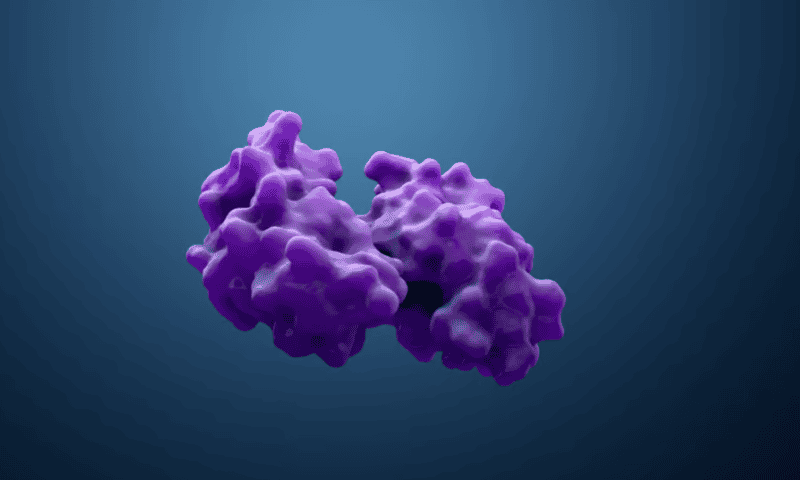The 2023 winners of the top prizes in biomedical research are emblematic of one of the driving forces of the field: to help see the unseen.
Two technologies have been honored for their major contributions to the science: one with a history that spans more than three decades and another—in what may be a demonstration of the power of artificial intelligence—that made its mark after about a tenth of that time.
The Lasker Award for basic medical research was claimed by Google DeepMind’s AlphaFold and its inventors Demis Hassabis and John Jumper. The machine learning-powered technology elucidates the three-dimensional structure of proteins—the intricately folded biological origami that governs their function and forms the building blocks of all life—by starting only with the knowledge of their sequences of amino acids.
In clinical research, the Lasker-DeBakey prize went to James Fujimoto, David Huang and Eric Swanson for their invention of optical coherence tomography. Since the 1990s, light-based OCT has helped revolutionize the diagnosis of eye diseases by allowing ophthalmologists to scan a cross-section of the retina and search for vision-threatening conditions such as glaucoma, diabetic retinopathy, macular degeneration and more. Since then, OCT has been employed for radiation-free imaging elsewhere in the body, including in cardiology and gastroenterology.
In 2020, DeepMind’s AlphaFold finally cracked the protein code, solving a scientific question that had stumped researchers for nearly 50 years. Protein folding—a process that’s hidden within cells and takes only milliseconds—in theory could result in a near-infinite number of combinations, yet in nature proteins form the correct structure nearly every time, all by themselves.
A computer modeling competition held every two years—the Critical Assessment of protein Structure Prediction challenge, known as CASP—has pitted international developers against slates of protein puzzles since its inception in 1994, with a relatively simple mandate: translate chains of amino acids into 3D structures. Closest wins.
AlphaFold took home the top prize in 2018 as a first-time entrant, predicting the most accurate final shapes for 25 of the contest’s 43 proteins. It delivered a median similarity score of nearly 60, which compared the computer-generated models to measurements derived from complicated experiments in X-ray crystallography, nuclear magnetic resonance spectroscopy or cryoelectron microscopy—the traditional methods of protein structure analysis, which can take months, instead of seconds.
But that was nowhere near as impressive as its performance two years later, when DeepMind returned as champ for CASP’s 14th competition. The upgraded AlphaFold2 program posted a median score of 92.4—meaning the model’s accuracy was only off by about the width of a single atom. This advancement occurred decades before many in the field had predicted and was quickly identified as a fundamental change in biological research.

